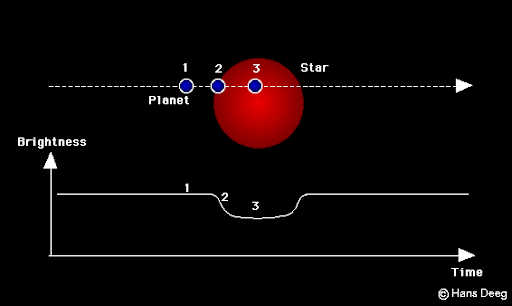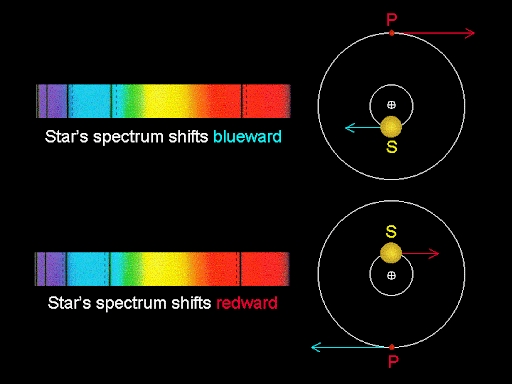Here I present my explanation of different methods of exoplanets , for more info visit my websiteNeocities.
The transit method consists of regularly measuring the luminosity of a star to detect the periodic decrease in luminosity associated with the transit of an exoplanet. A transit occurs when an exoplanet passes in front of a star. In contrast, when the planet passes behind the star, this phenomenon is called an eclipse. When the exoplanet passes in front of the star, the light curve will show a decrease in illumination. Its aim is to study a large number of stars, without pre-selecting them, as there is no a priori indication of which stars will have planets favourably aligned with the Earth to be detected by the transit method. Transits can help determine a variety of different exoplanet characteristics: The size of the exoplanet's orbit can be calculated from the time it takes to orbit once (the period) and the size of the planet itself can be calculated from the amount that it reduced the star's illumination.
Here you can see a gift:

The radial velocity method involves observing a star for signs of motion. This is deduced by using a spectrometer to measure the way in which the star's spectral lines are shifted by the Doppler effect (redshift/blueshift). These shifts are indications that the star is moving away from or towards the Earth. One of the main advantages is that it allows the eccentricity of the planet's orbit to be measured directly and is able to put precise constraints on the mass of a planet. Astronomers use a method called Doppler to detect the presence of the planet around the star. With this method (radial velocity), astronomers basically calculate the variations of the radial velocity (rate of change of the distance between the object/source from a given point) of the star with respect to the Earth.
Here you can see a gift:
